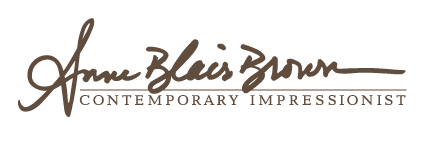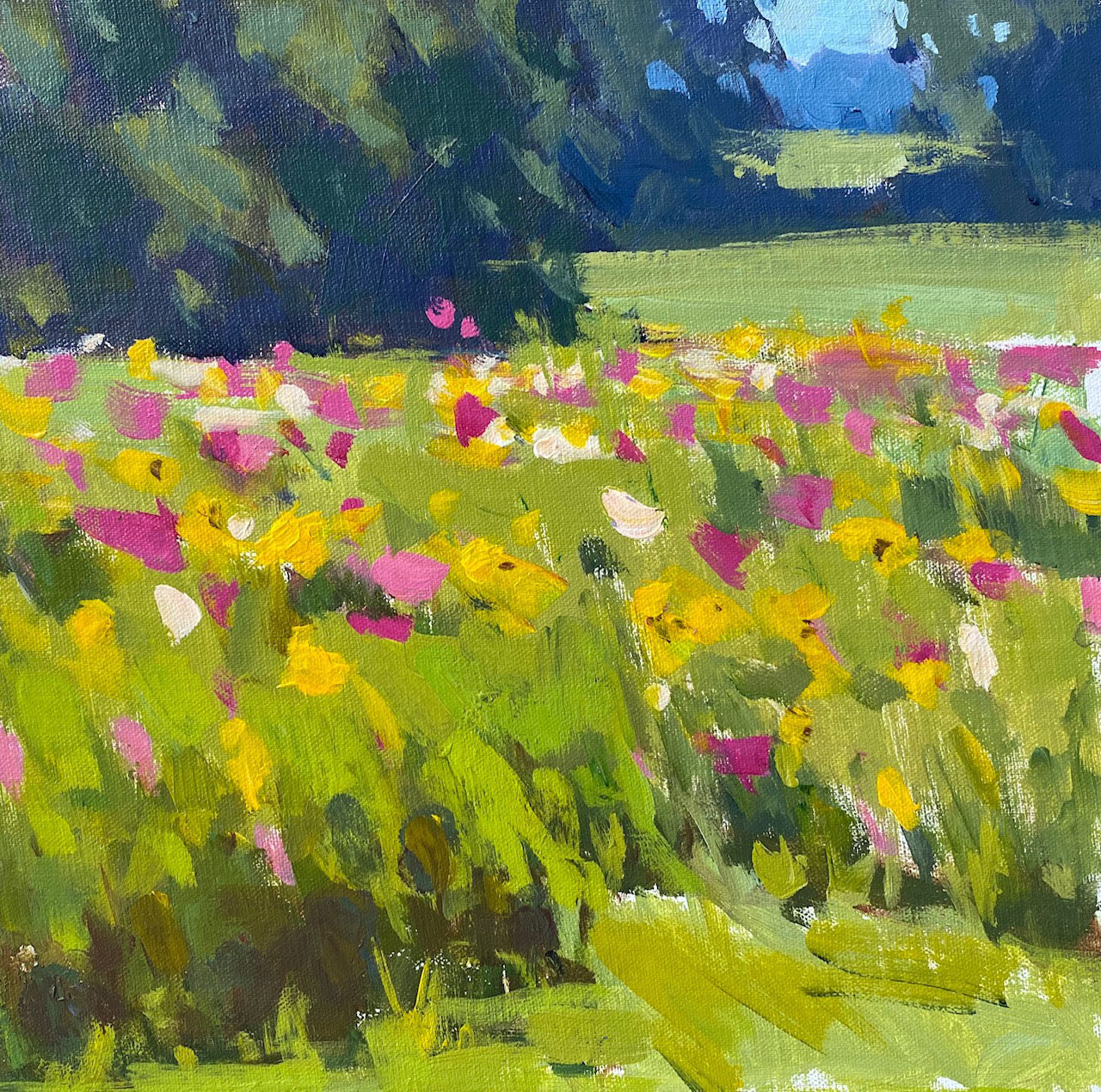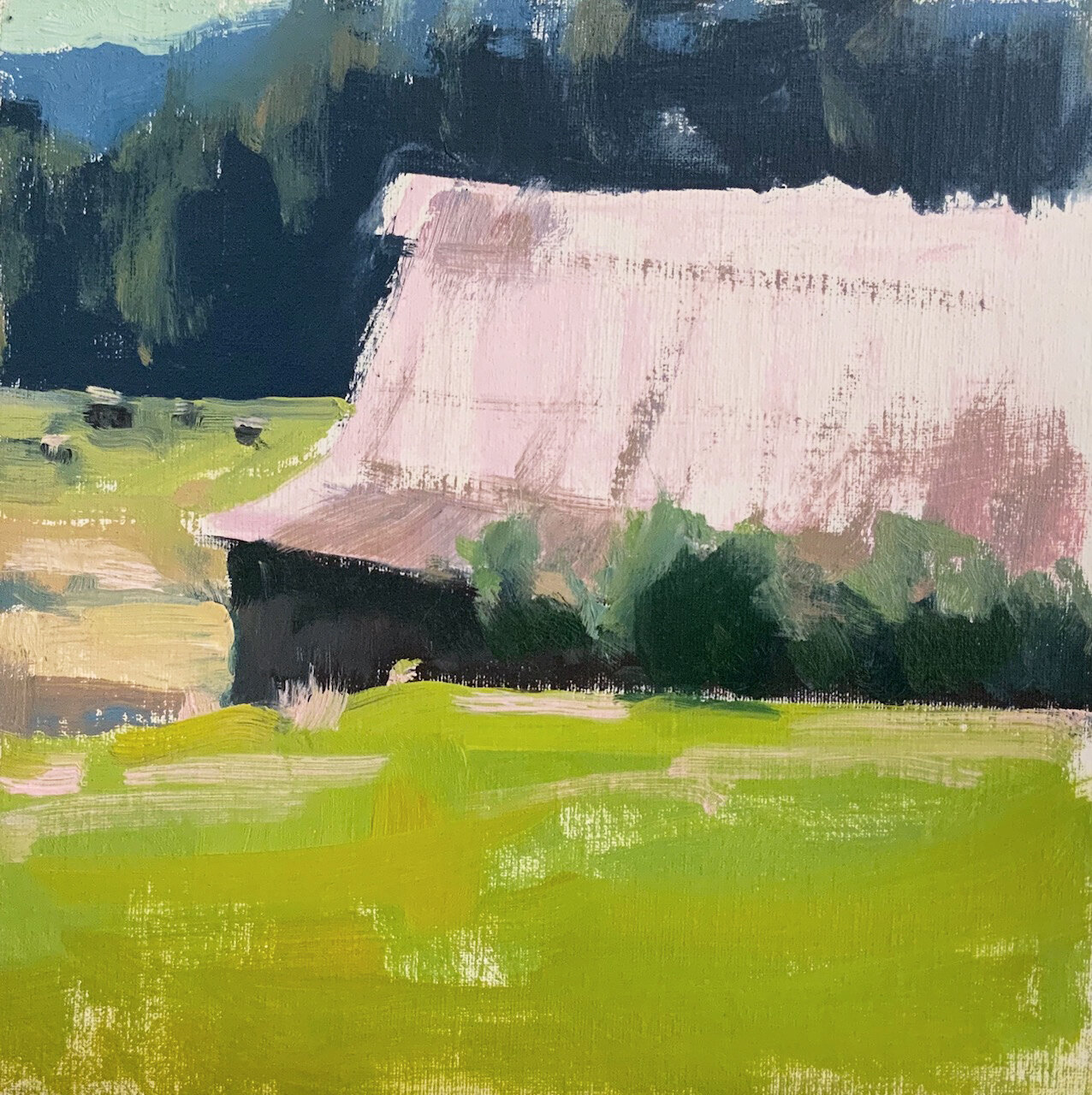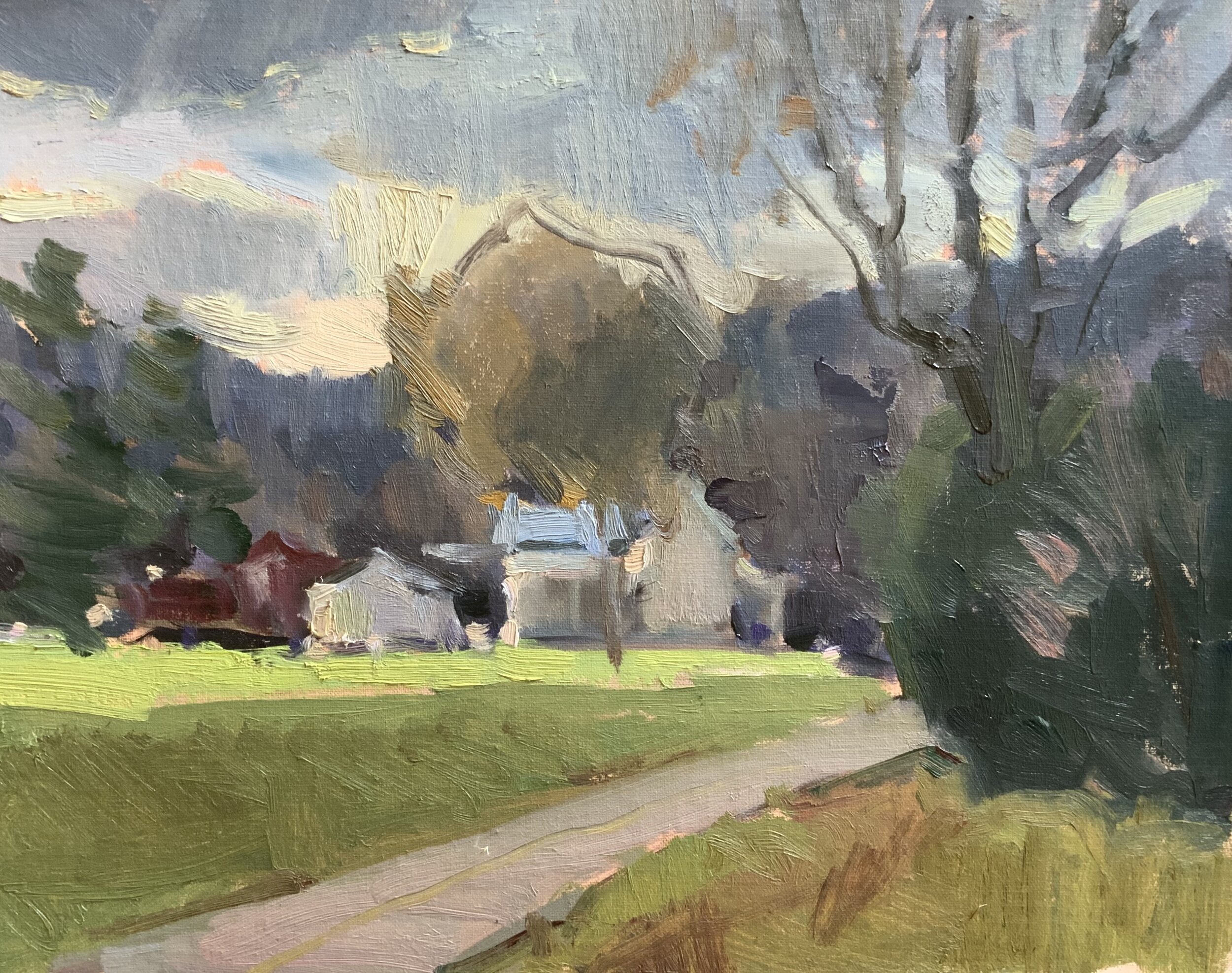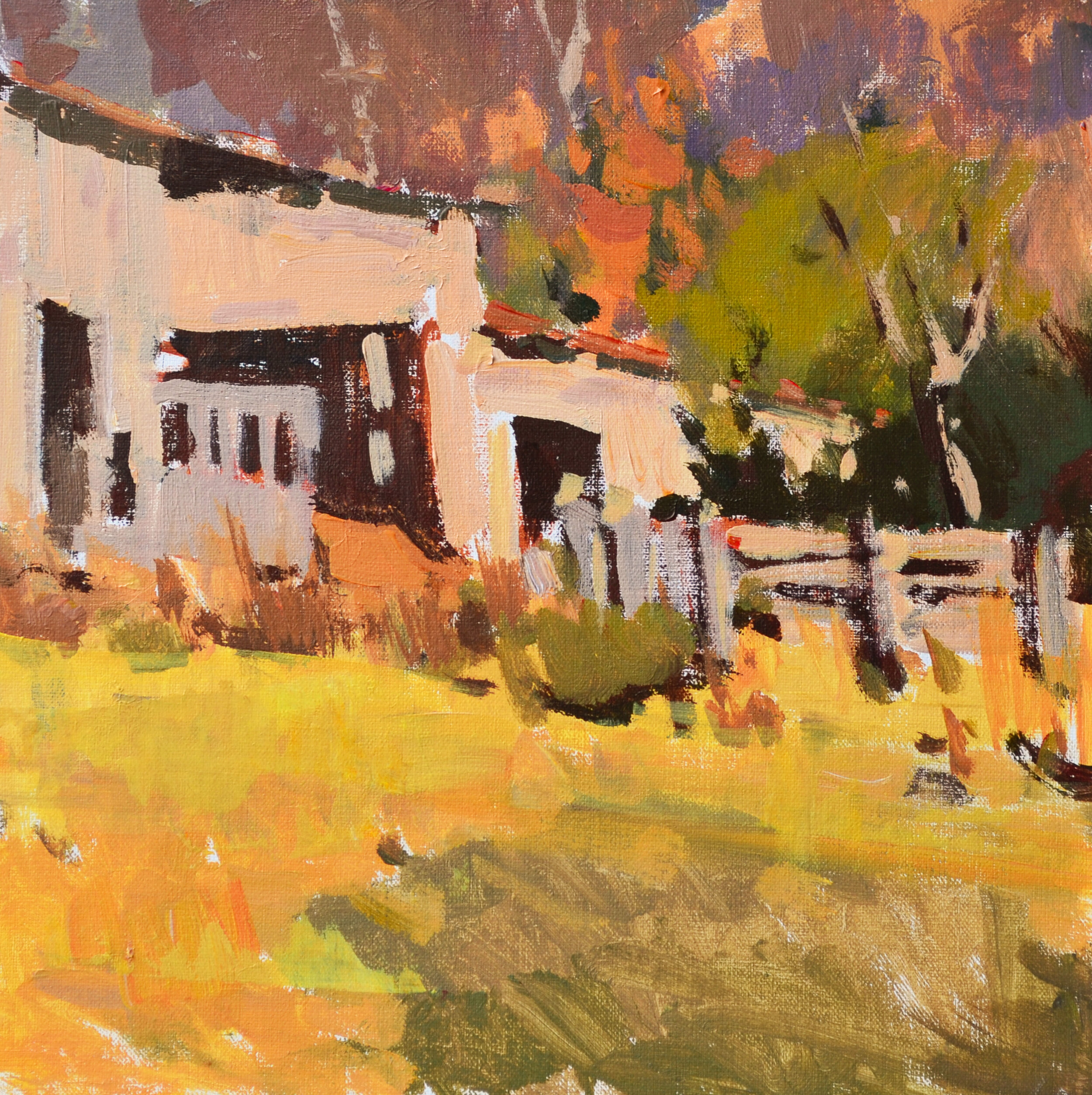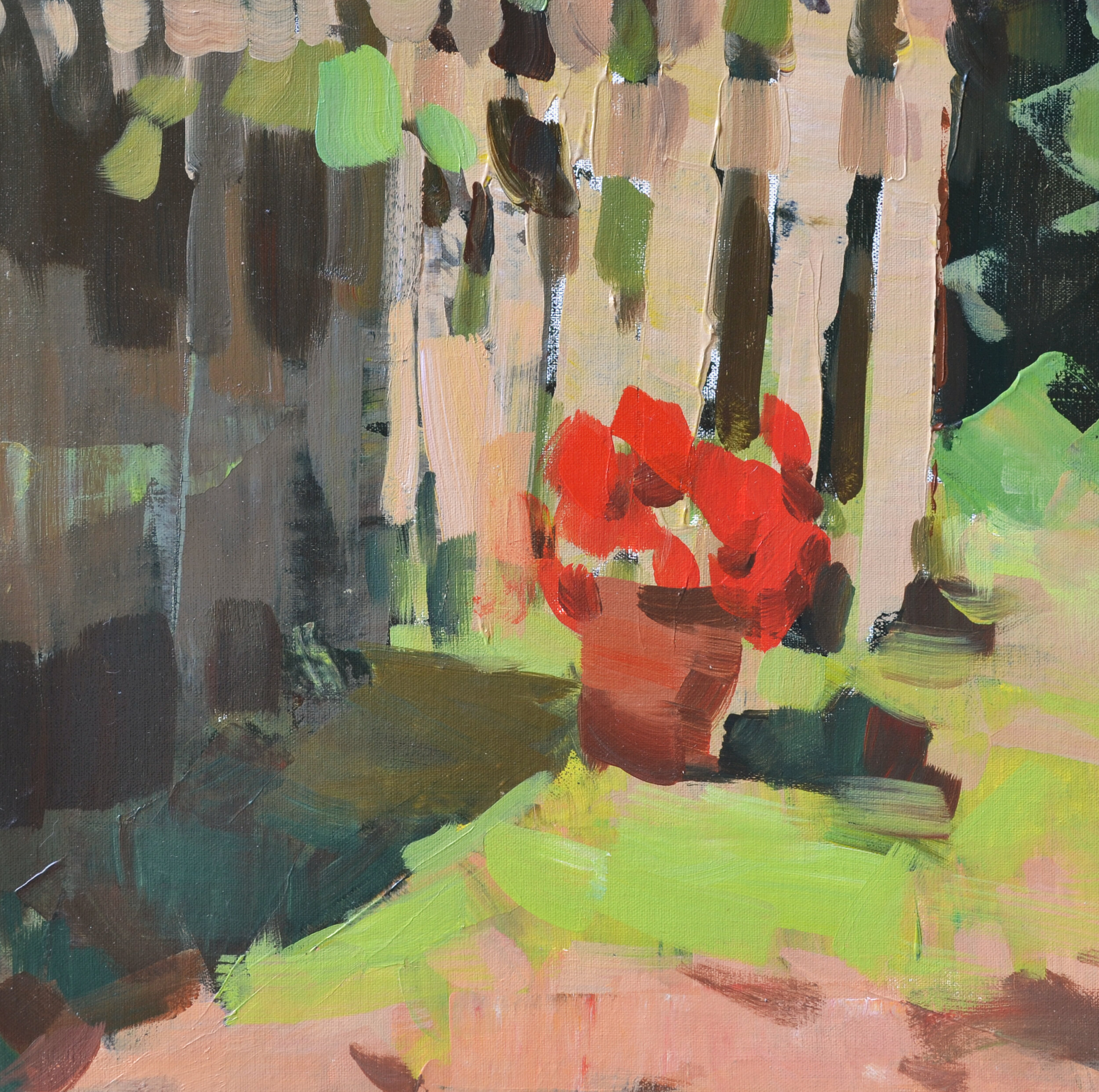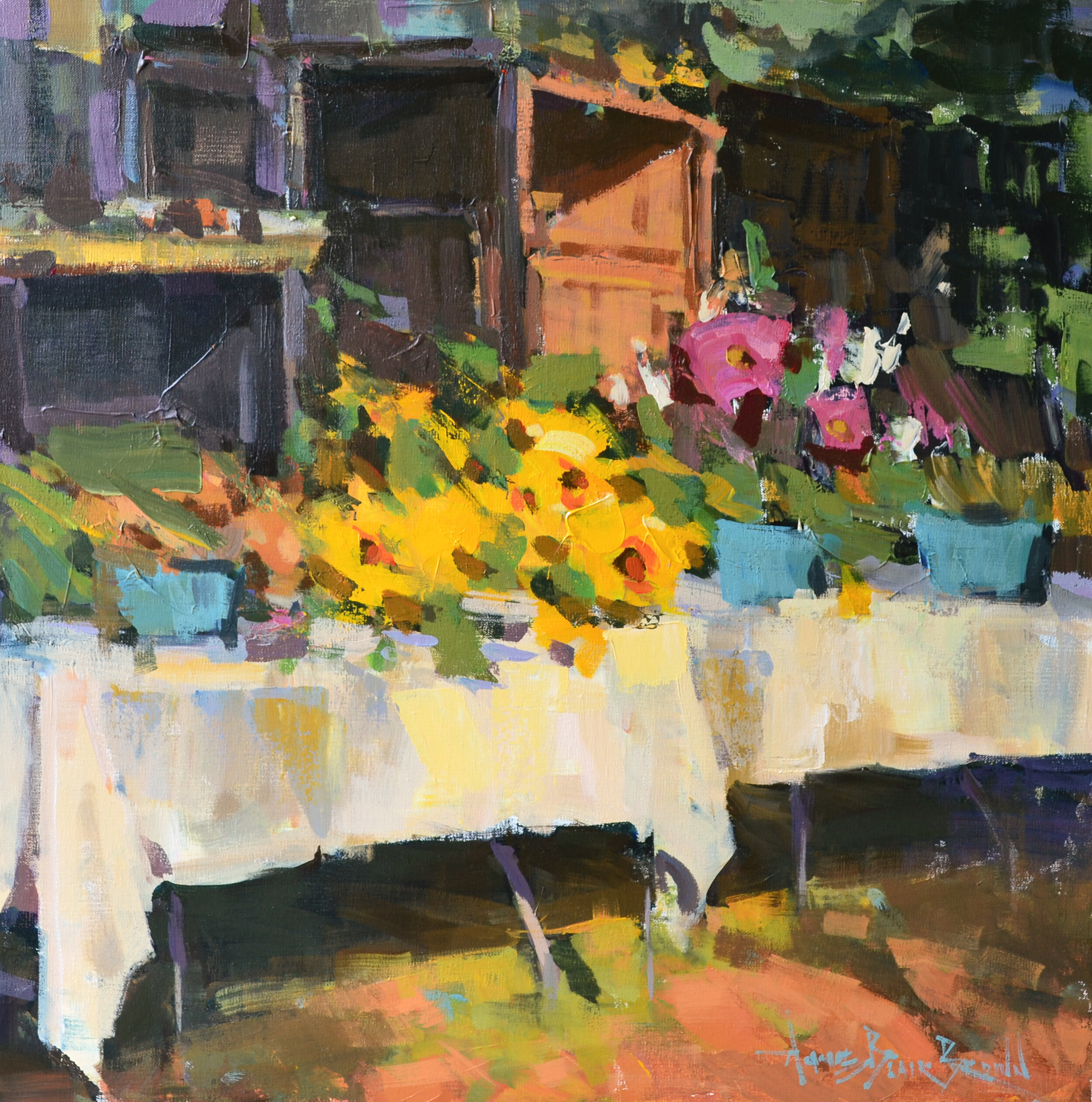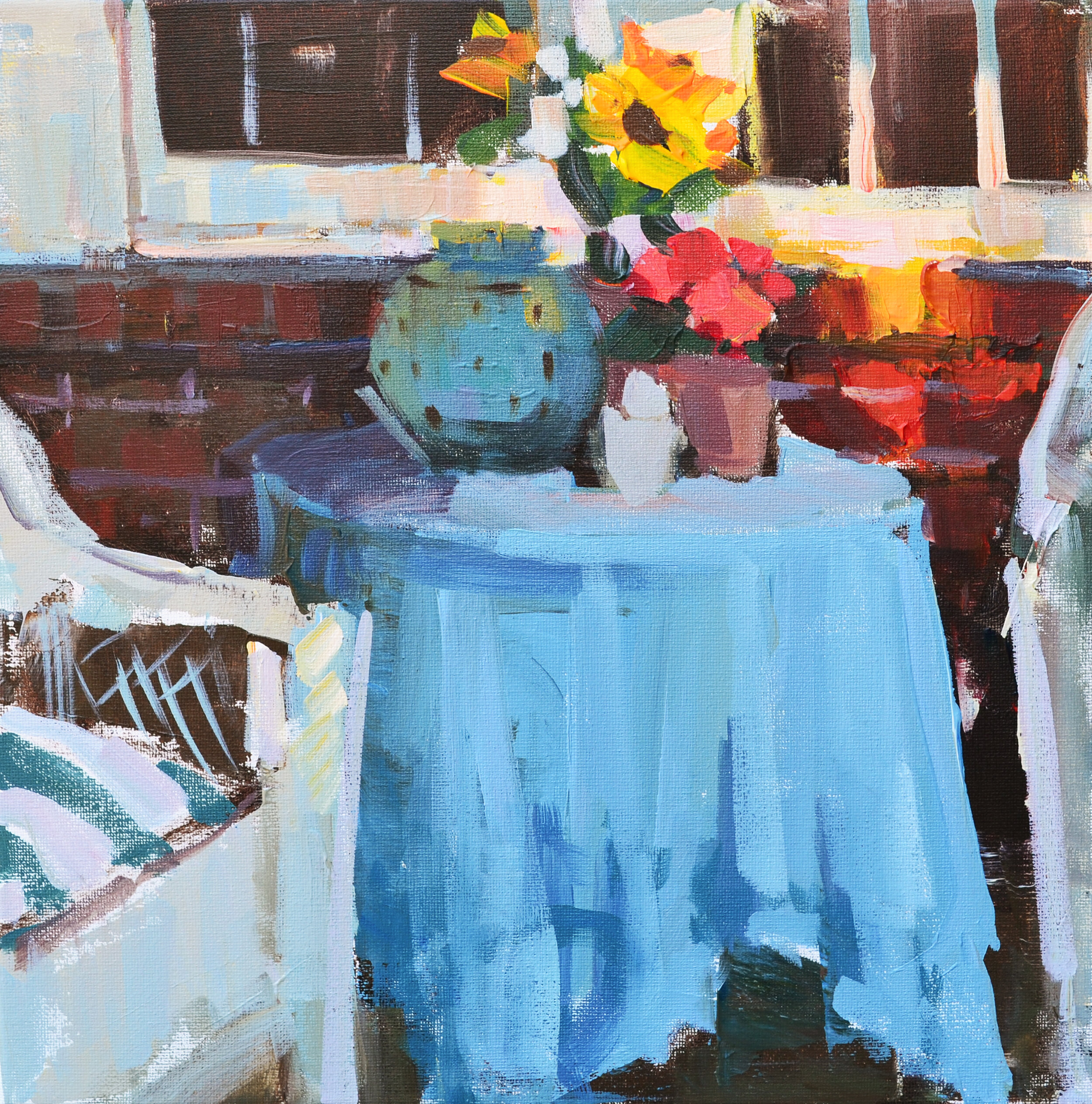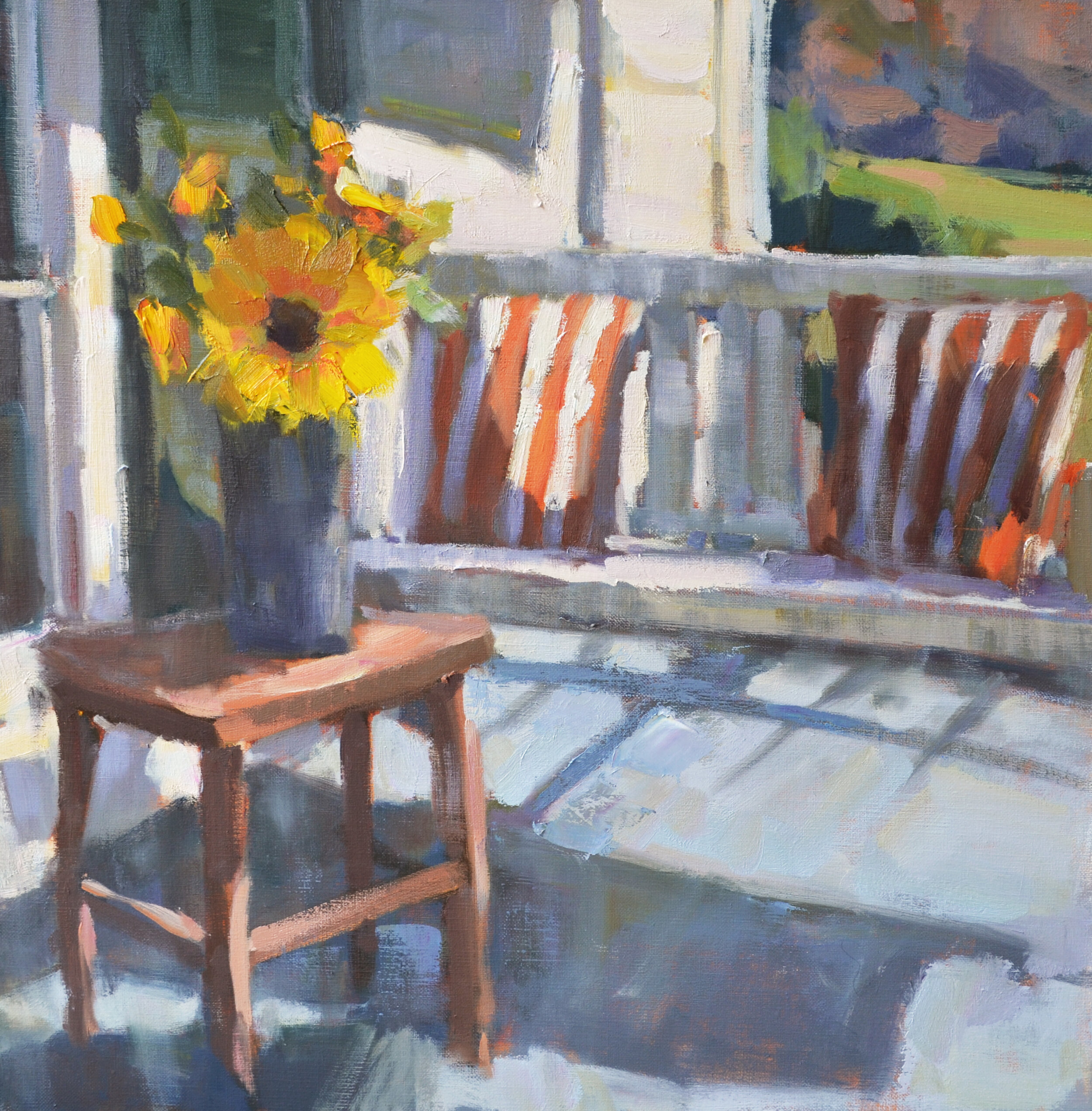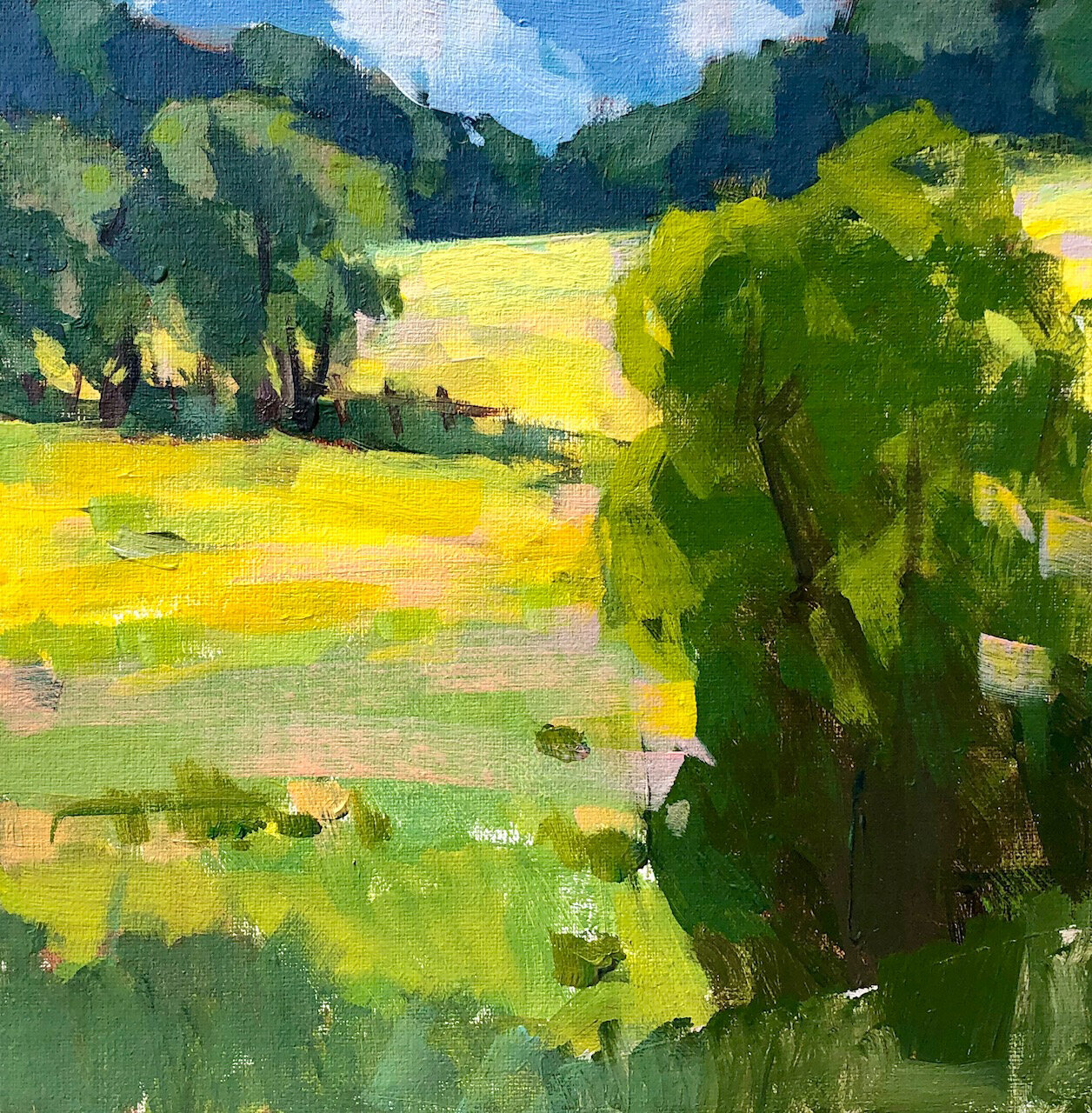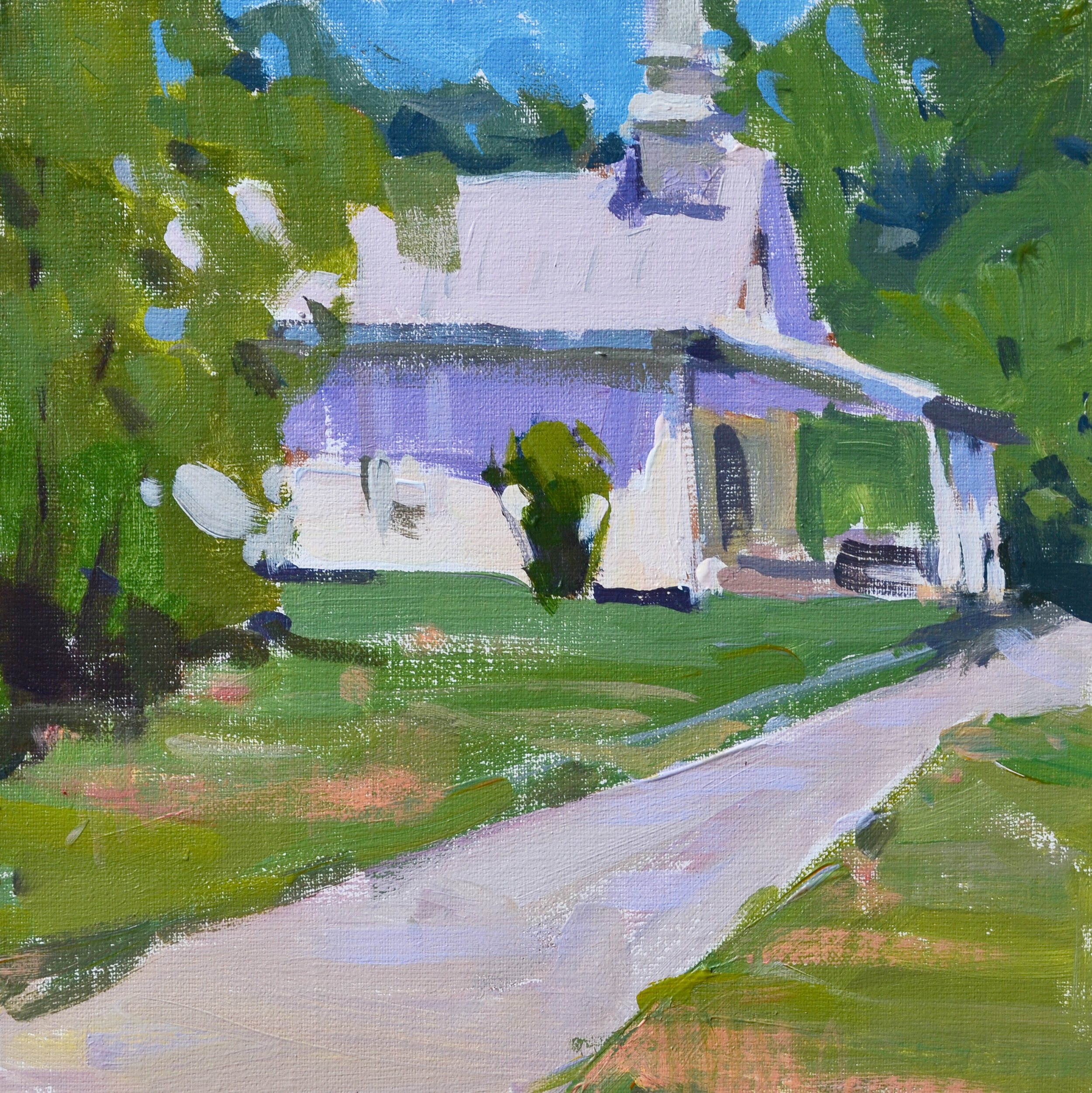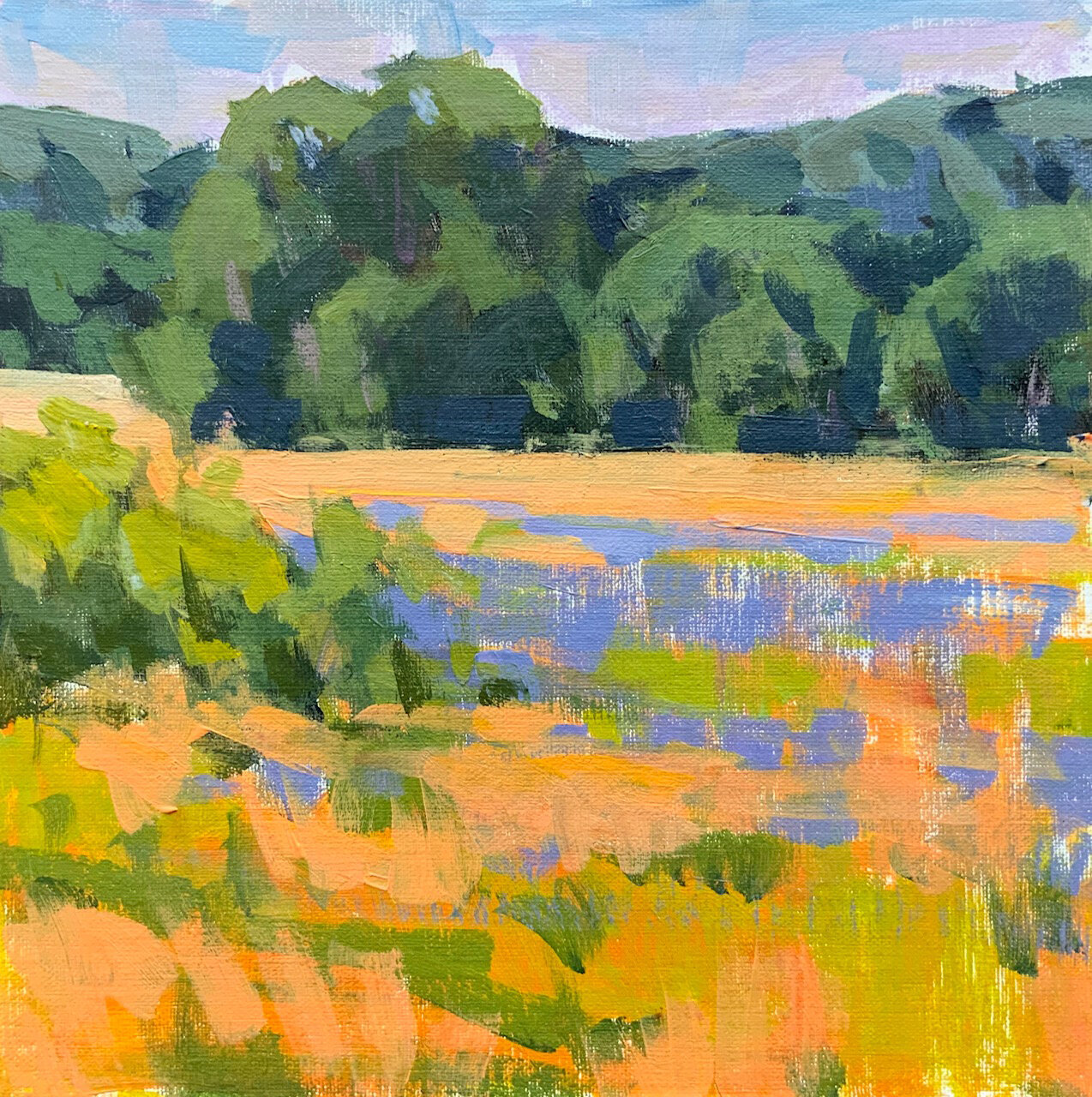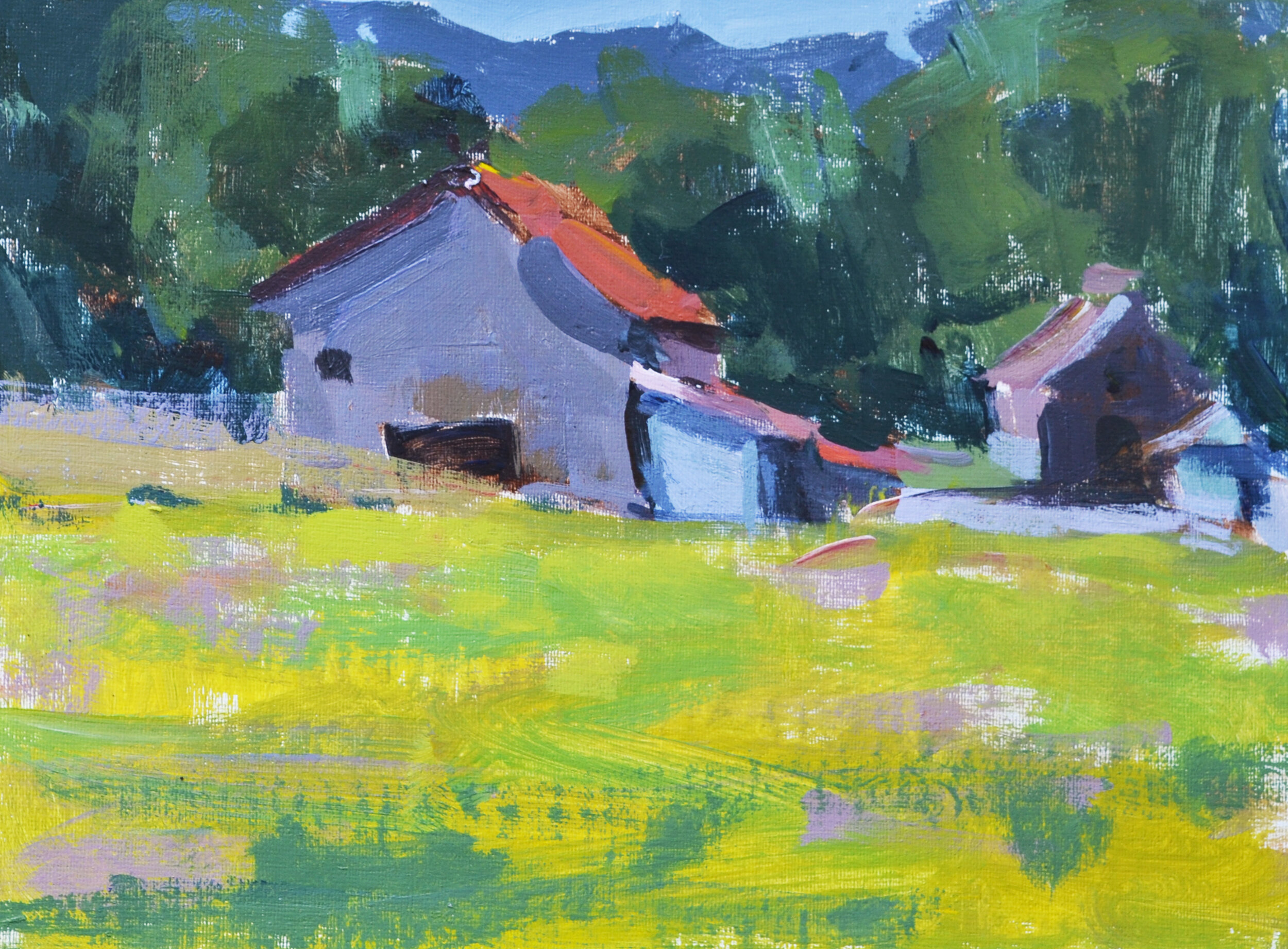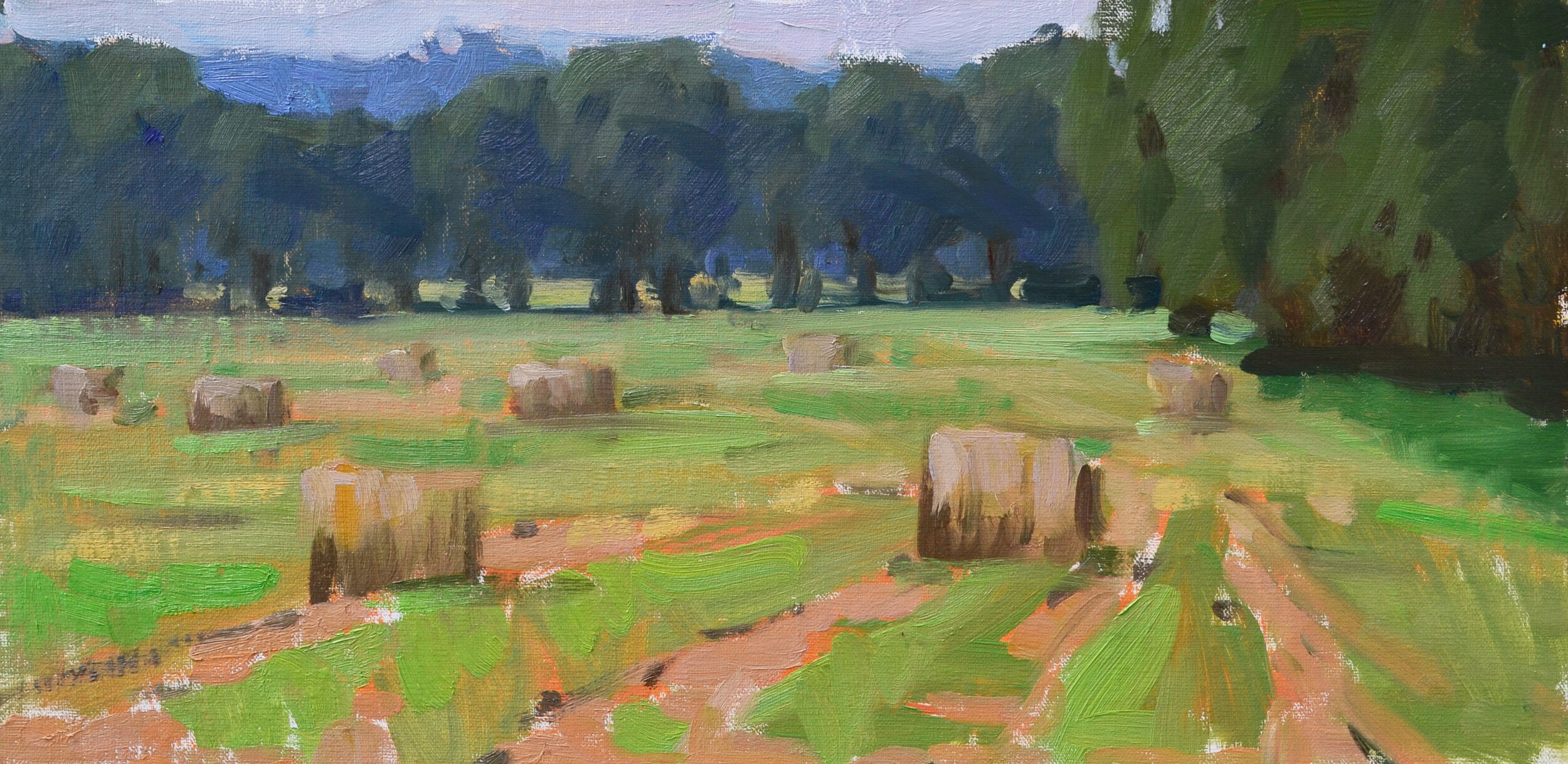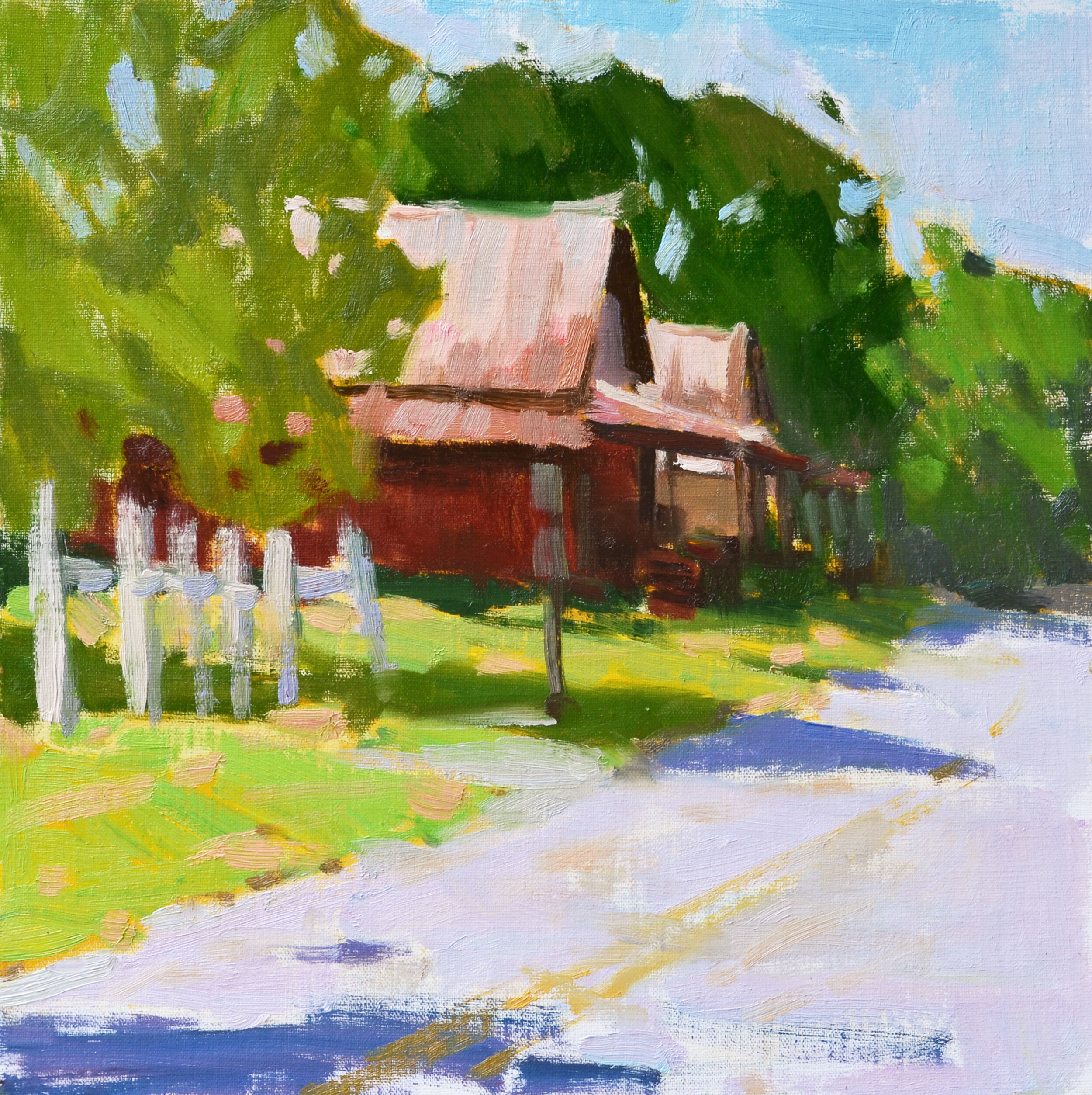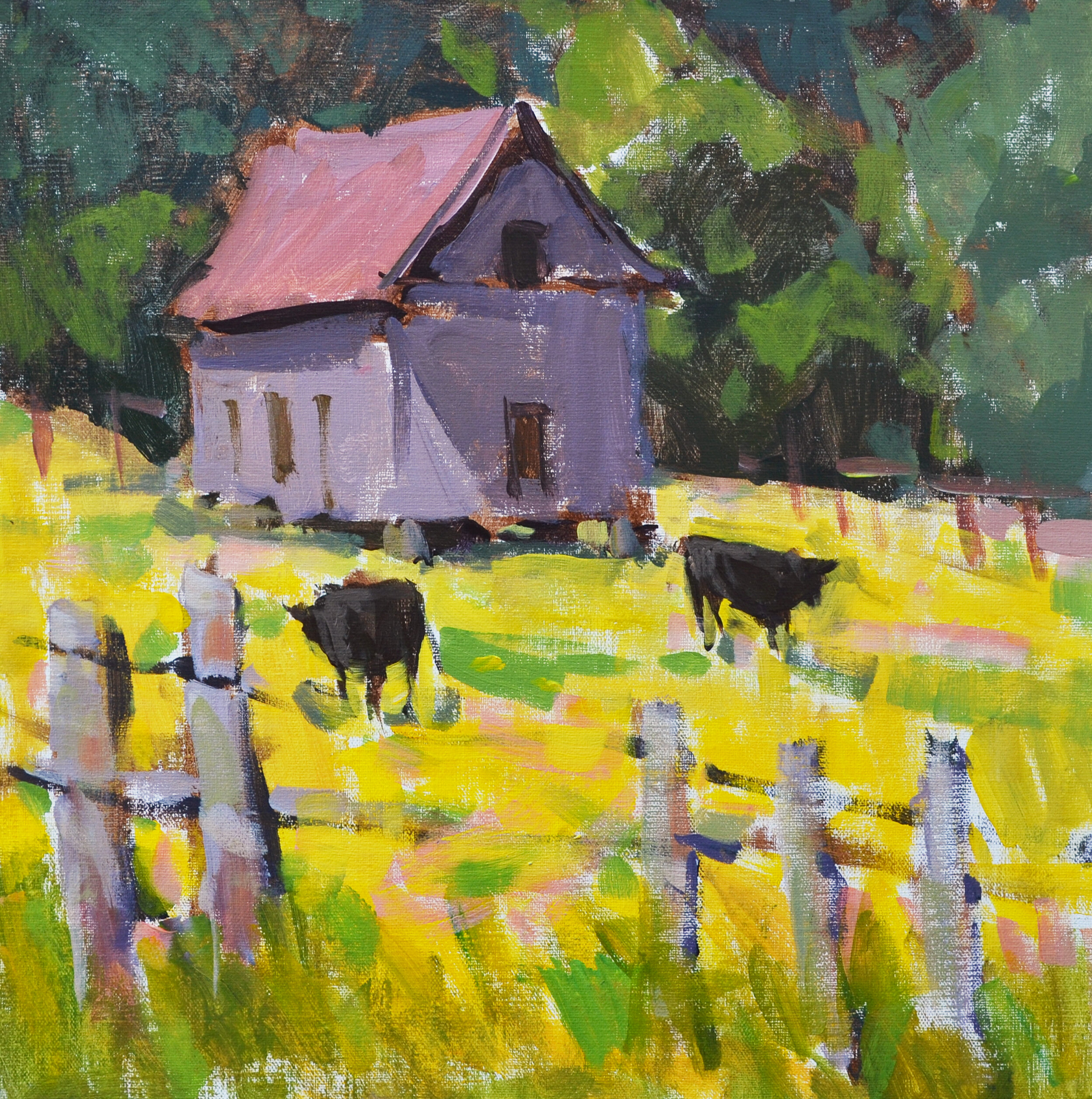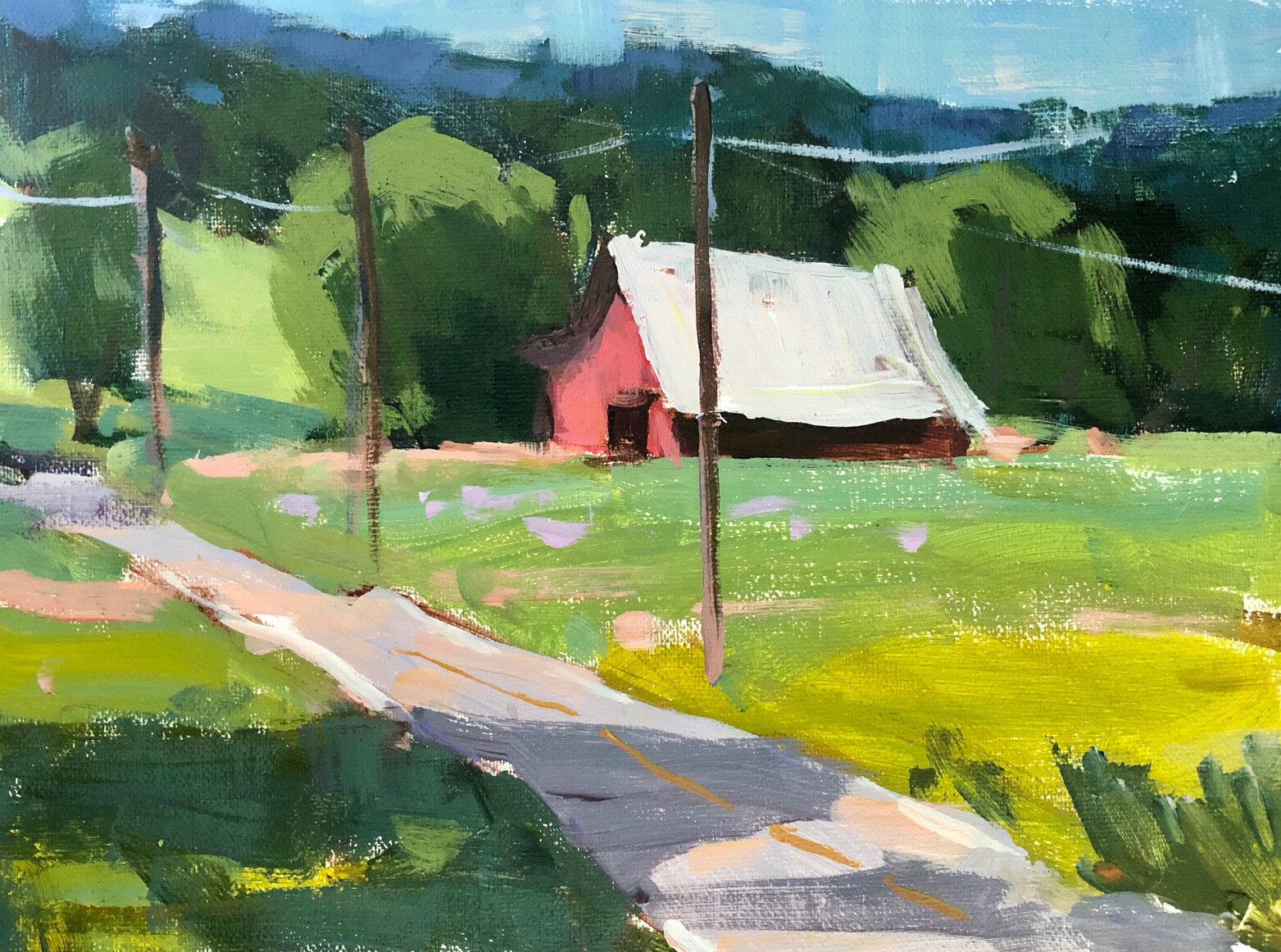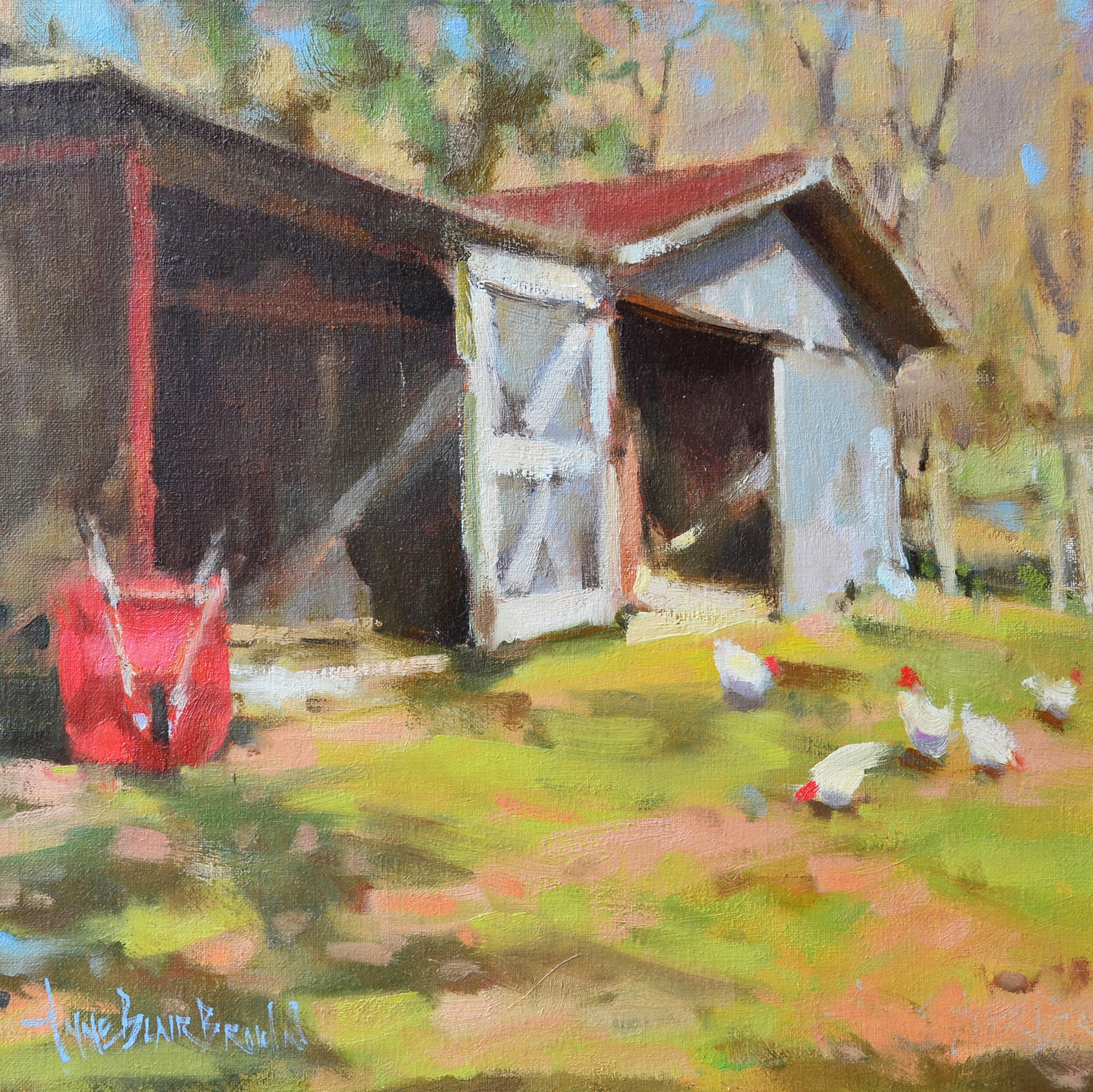Often when giving painting demonstrations, I hear, “You make it look so easy!”
Well I’m here to tell ya, PAINTING IS NOT EASY.
Not in a box.
Not with a fox.
Not in a house.
Not with a mouse.
In my opinion, one of the keys to moving toward a more intuitive painting practice is consistency, or mileage. Some think that means 10,000 hours of creating perfect paintings. I beg to differ. I believe the quick studies, experiments, and yes the duds, too, are the teachers. We want so much so fast, we forget to enjoy the process and look too much toward the product.
This is why in my workshops, whether in-person or online mentoring, I give my students assignments and exercises that allow them to actually feel what it is like to paint expressively. It is not always easy or comfortable at first. In some cases, the first try it is kind of like when you were in kindergarten and you practiced writing the alphabet…sloooowly and with great mental energy. But, as you are probably aware, it got easier with time! Whether your penmanship is perfect or not now, I bet you could write pretty darn fast and without even thinking about each letter by early middle school.
That is what happens with painting if you have consistent practice and mileage. With time, you become “unconsciously competent” which means, according to Wikipedia, “The individual has had so much practice with a skill that it has become "second nature" and can be performed easily. As a result, the skill can be performed while executing another task. The individual may be able to teach it to others, depending upon how and when it was learned”.
(To learn about the four stages of competence, see https://en.wikipedia.org/wiki/Four_stages_of_competence).
Charles Hawthorne said, “Do not let it look as if you reasoned too much. Painting must be impulsive to be worth while.”
But he also said, “If you look into the past of the successful painter you will find square miles of canvas behind him.”
I invite you to enjoy the process of learning, growing, and traversing the stages of competence as much as you enjoy painting “a winner”. The joy will show in your work, however it turns out.
Below are some “imperfect” plein air studies that have or will become larger paintings. Mileage!
